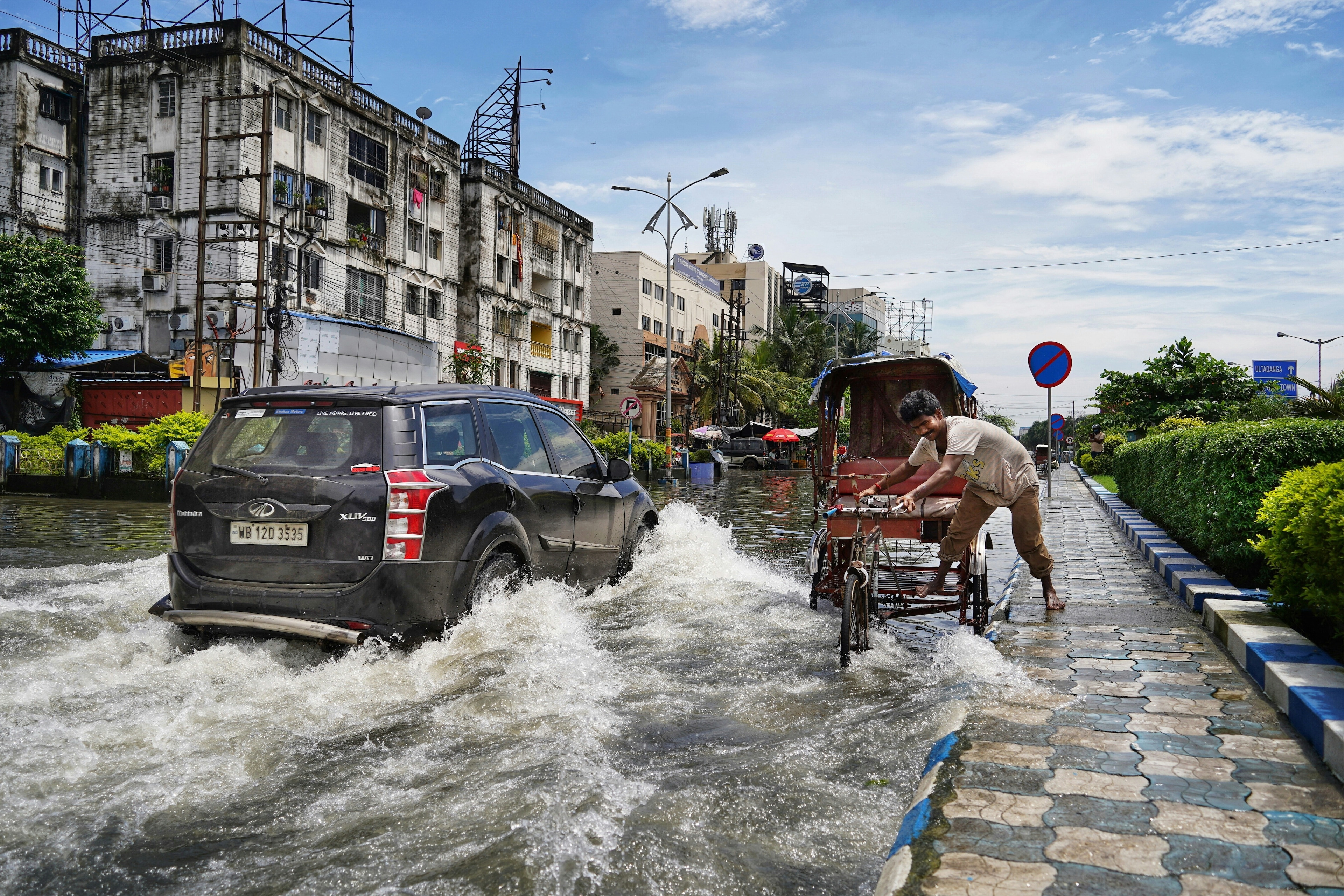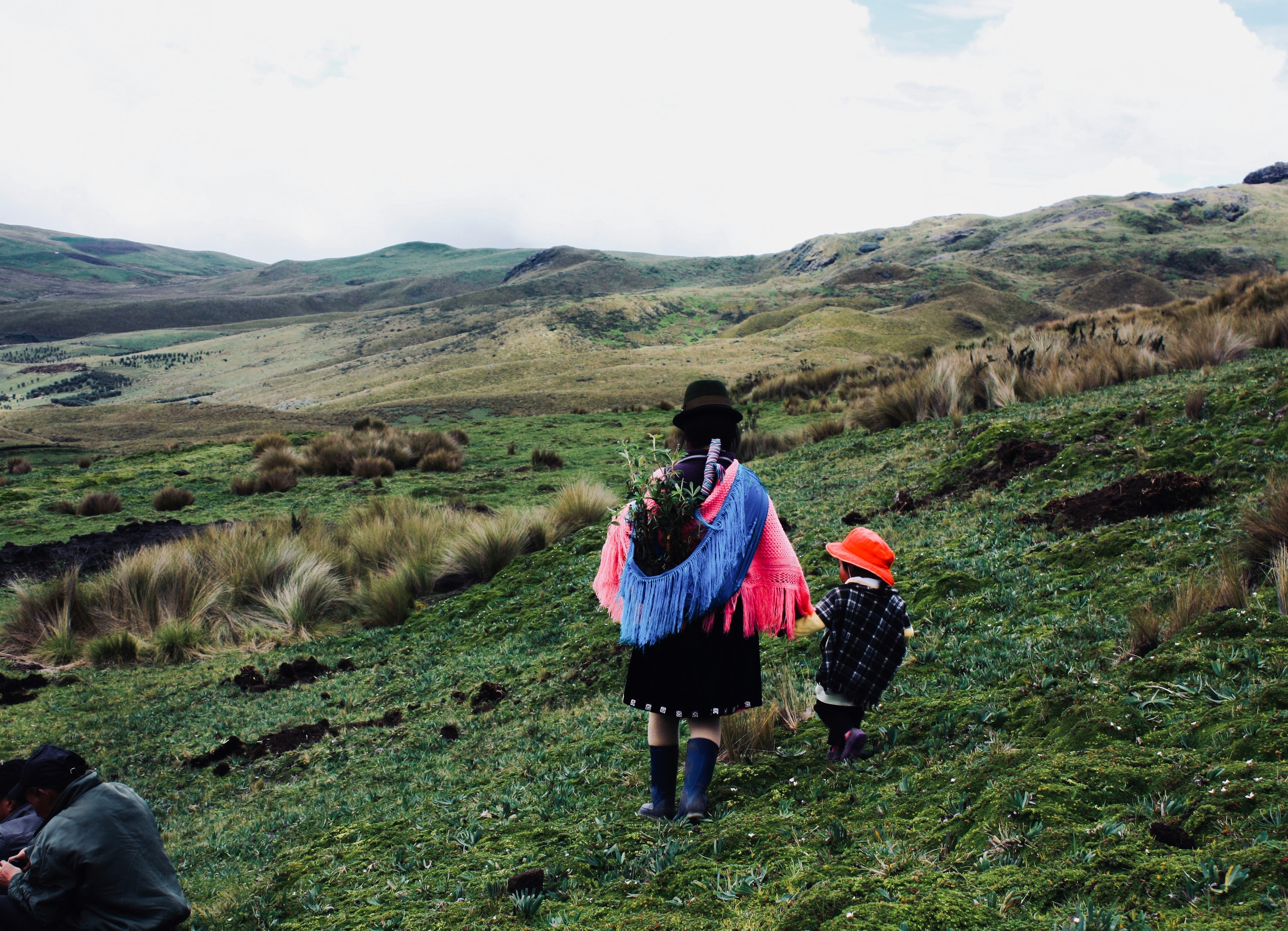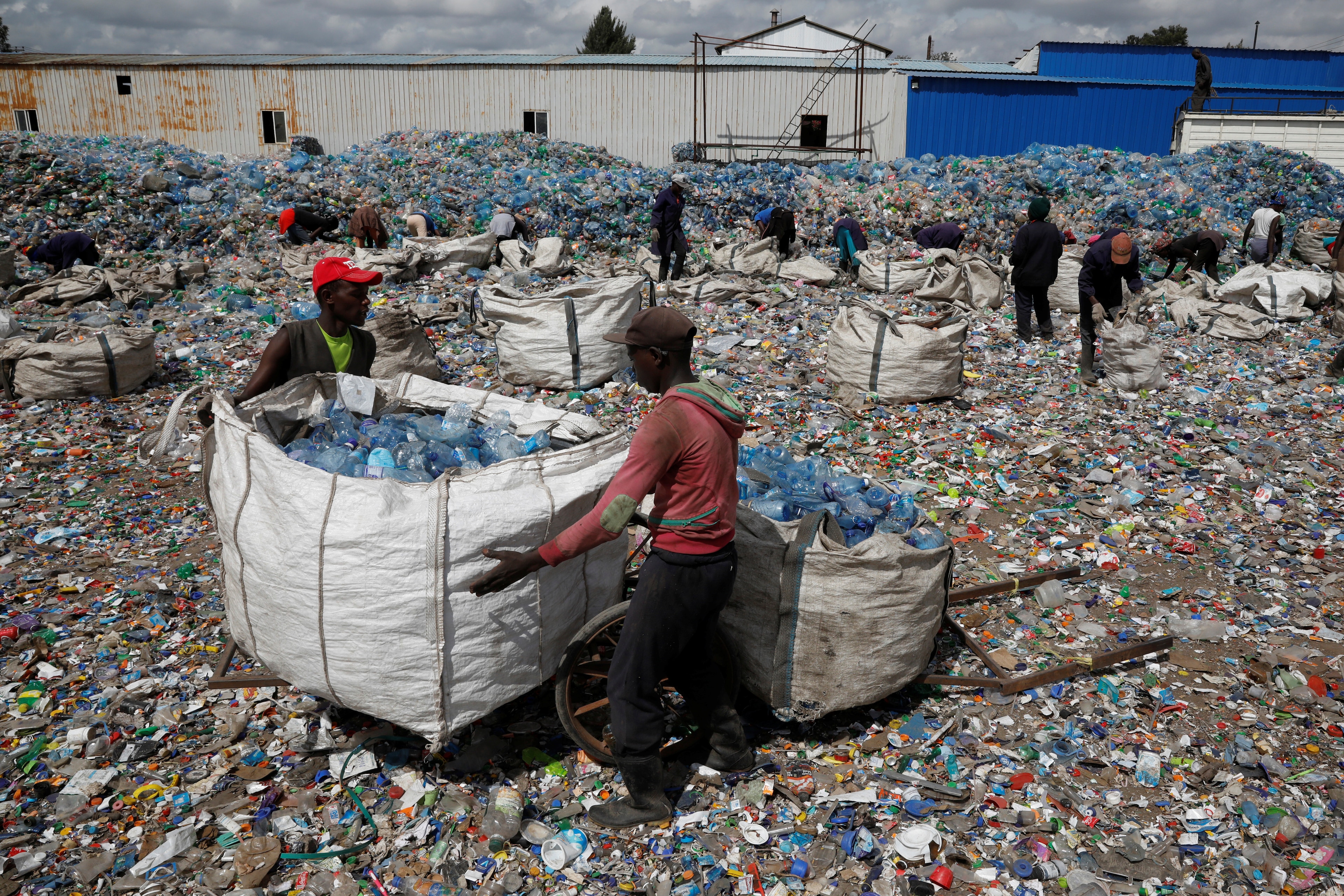Can toys go green? Here's how 5 major companies plan to make their products nature positive

Is it possible to make, say, an ‘Eco Barbie’ that’s actually eco?
Image: Unsplash/ryanquintal
Stay up to date:
Plastic Pollution
- 90% of children’s toys are still made of plastic, but the toy industry is working to become more sustainable.
- From fully recyclable toys to using “ocean-bound plastic”, here’s how toy companies are shifting to a more sustainable output.
- As a starter, the chemical sector, which manufactures the plastic used in toys, needs to “source responsibly”, says the World Economic Forum’s report, Nature Positive: Role of the Chemical Sector.
While the world attempts to wean itself off single-use plastic, and industry sectors continue their decarbonization efforts, the children’s toy sector – currently worth $90 billion – is faced with a challenge.
How does it meet novelty, safety and durability requirements while transitioning to more sustainable materials? As the Toy Story characters discovered, being a child’s plaything can be a tough job – and one that plastic is well-placed to withstand.
While the pace at which toy companies are switching to more sustainable product options varies hugely, most manufacturers have made significant in-roads with their packaging, either ditching the plastic entirely or switching to recyclable alternatives.
Greening the toy industry has become a business – as well as environmental – imperative for manufacturers, as consumers, concerned about the climate crisis and nature’s collapse, make more informed and environmentally-minded choices. According to a Toy Association survey in the US, 45% of parents under the age of 40 weigh up a toy’s sustainability credentials before purchasing it.
What is the World Economic Forum doing about plastic pollution?
While the Toy Association itself, which represents 93% of US toymakers, encourages consumers to recycle packaging and to only buy “products appropriate and needed for their family”.
Plastic waste is one aspect of the challenge, but the manufacturing of plastic also releases harmful chemicals into the atmosphere, by way of carbon dioxide emissions.
“The $4 trillion global chemical sector provides essential materials for 95% of all manufactured goods worldwide. It is also the largest industrial energy consumer and the third largest industry subsector in terms of direct carbon dioxide emissions,” explains the World Economic Forum’s report, Nature Positive: Role of the Chemical Sector.
The report suggests the sector should “source responsibly and explore switching to sustainably sourced bio-based or recyclable materials”.

So is it possible to make, say, an ‘Eco Barbie’ that’s actually eco?
It turns out the answer is yes. In 2022, Mattel brought out an ’Eco-Leadership Team’ of four Barbies. The dolls not only represented the world of sustainable jobs but they were also made from recycled materials (for the most part).
So if that’s doable, why are 90% of children’s toys still made of plastic?
Here’s what five of the larger toy companies are doing to shift to a more sustainable output – and some of the inherent challenges
Mattel: Ocean-bound plastic
Mattel – maker of everything from the aforementioned Barbie to Fisher-Price and Hot Wheels – is aiming for 100% recycled or bio-based plastic materials in its products by 2030.
The eco Barbie collection, inspired by Dr Jane Goodall, along with the ‘Barbie Loves the Ocean’ series, is almost entirely made from recycled ocean-bound plastic (which Mattel describes as “plastic sourced within 50km of waterways in areas lacking formal waste collection systems”).
Matchbox, meanwhile, has created a Tesla Roadster it says is carbon-neutral and Fisher-Price has made some of its baby toys from bio-based plastic.
Hasbro: Recycling programme
Responsible for the likes of Dungeons & Dragons, Nerf guns, Transformers and Peppa Pig, Hasbro has a substantial portfolio of toys to turn green. So far it has released more sustainable versions of Monopoly, Mr Potato Head, Play-Doh, a Peppa Pig playhouse and various Nerf water pistols.
It also claims to be the first toy company in the US to start a toy recycling programme, saving 20 tonnes of plastic waste since launch, Hasbro says. Toys have been recycled into new materials used in play spaces, as well as products like flower pots and park benches.
Lego: Renewable bricks
As one of the world’s most enduring and ubiquitous children’s toys, the Lego brick could make a significant dent in the plastic industry if it switched to alternative materials – as it’s been estimated that a year’s worth of brick sales would stretch around the Earth five times.
Lego says it has tested more than 600 different materials to find a suitable replacement for the oil-based plastic used in its famous bricks, and that currently 22% of its bricks are not made from fossil fuels. The aim is for half the plastic in its bricks to consist of renewable or recycled material by 2026, and for them to be 100% sustainable by 2032, reports The Guardian.
“We want to give a sustainable world to the children that are our customers,” says Annette Stube, Chief Sustainability Officer at Lego, while acknowledging that the path to get there is not a straightforward one, as the company must balance environmental concerns with safety, durability and affordability considerations, too.
Accept our marketing cookies to access this content.
These cookies are currently disabled in your browser.
MGA Entertainment: Compostable packaging
The American toy manufacturer says it is fast approaching its deadline of “achieving 100% recycled, recyclable or bio-based plastic materials in our products and packaging by 2025”.
So far it has released a wooden adventure collection under its Little Tikes brand and introduced compostable, sustainable materials like bamboo, wood and sugar cane packaging for its hugely popular L.O.L. Surprise! Dolls.
This is a welcome move, as a recent case study of the dolls – and sustainable practices in the toy industry in general – found that they represent “one of the practical examples of the excess plastic generated by toys, as well as contemporary marketing strategies aimed at children, disseminated by children's YouTubers and unboxing videos, which encourage and accelerate the consumption and thoughtless disposal of plastic”.
Playmobil: Plant-based playthings
The entire toddler range from the 50-year-old German toymaker is now made from 90% plant-based material, while Playmobil’s Wiltopia range is, on average, 80% recycled and bio-based, the company says.
It has achieved this with an approach called mass balancing, which enables Playmobil “to increase the proportion of renewable and recycled raw materials in our base materials. This helps reduce the use of primarily fossil-based raw materials and overall lowers the carbon footprint of the plastics used”.
Accept our marketing cookies to access this content.
These cookies are currently disabled in your browser.
Don't miss any update on this topic
Create a free account and access your personalized content collection with our latest publications and analyses.
License and Republishing
World Economic Forum articles may be republished in accordance with the Creative Commons Attribution-NonCommercial-NoDerivatives 4.0 International Public License, and in accordance with our Terms of Use.
The views expressed in this article are those of the author alone and not the World Economic Forum.
Forum Stories newsletter
Bringing you weekly curated insights and analysis on the global issues that matter.
More on Sustainable DevelopmentSee all
Elizabeth Henderson and Daniel Murphy
August 8, 2025
De Rui Wong and Keebum Kim
August 7, 2025
António Costa
August 6, 2025
Mauricio Zuazua and Francisco Betti
August 4, 2025
Anurit Kanti
August 4, 2025
Oliver Kade and Sarah Hadley
July 28, 2025





